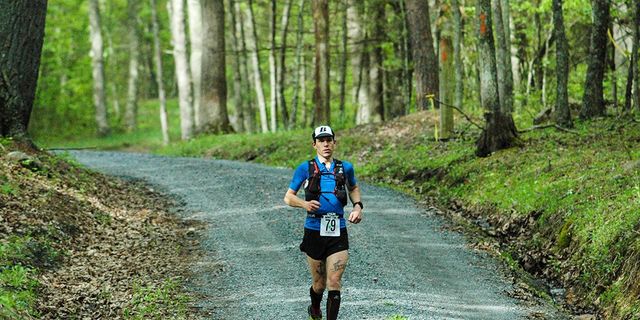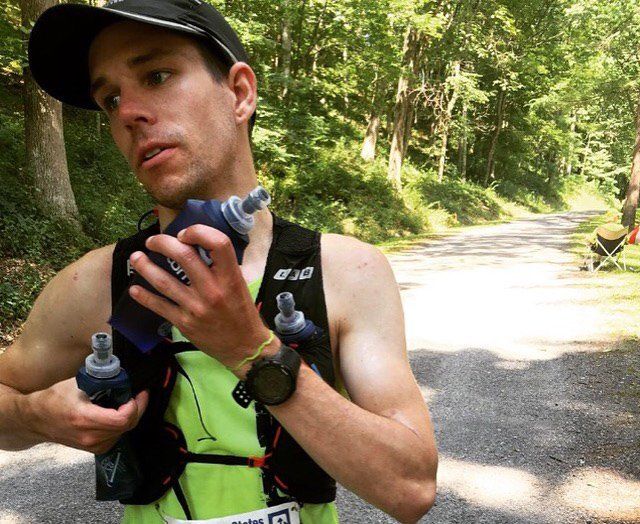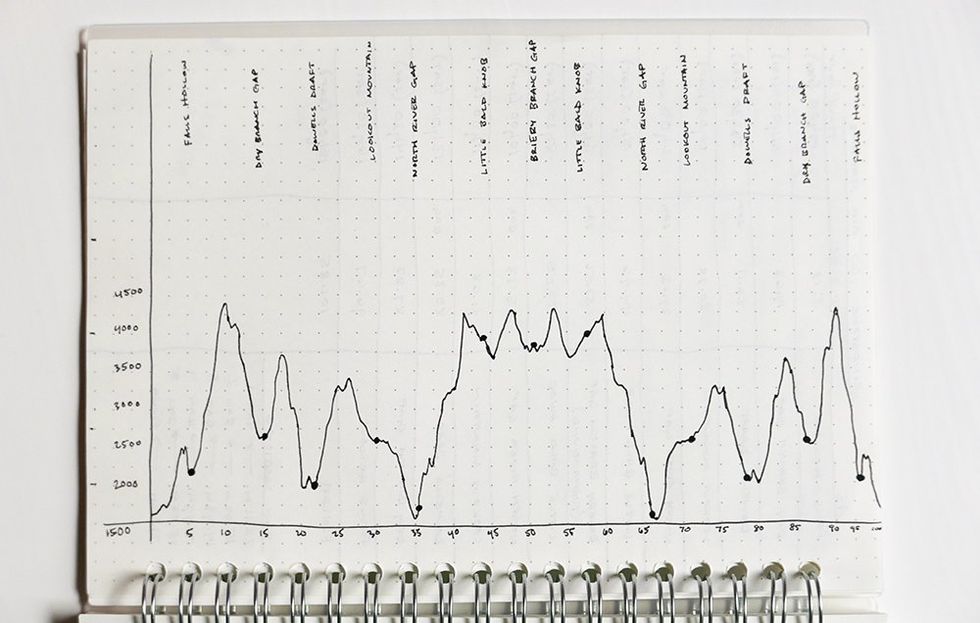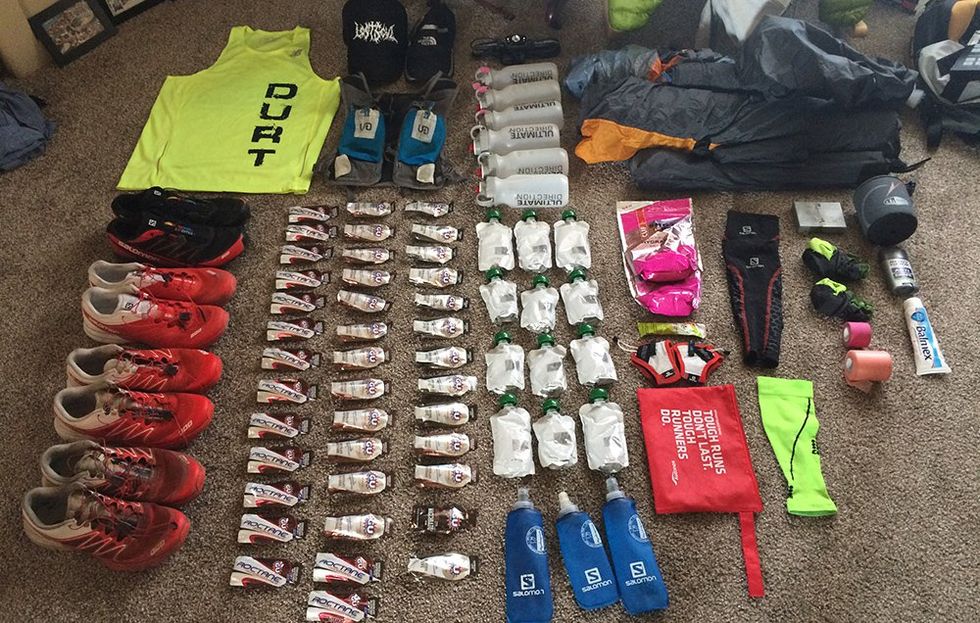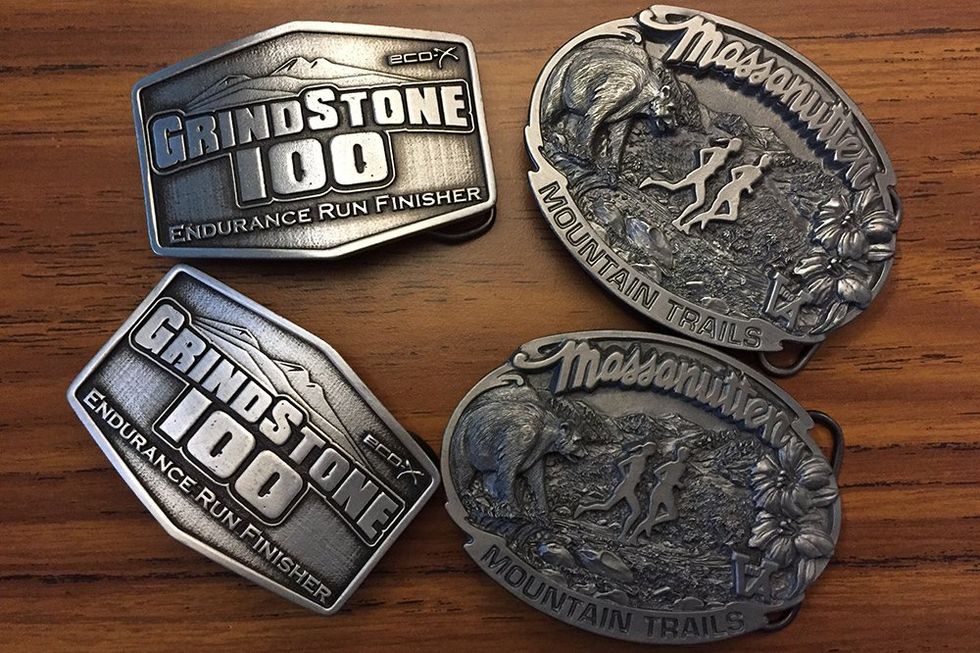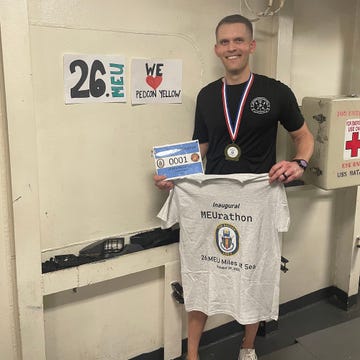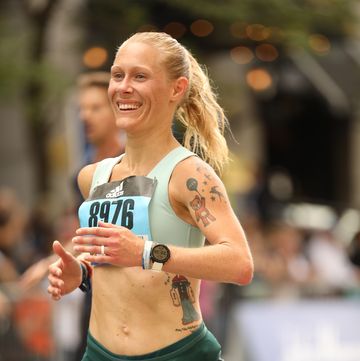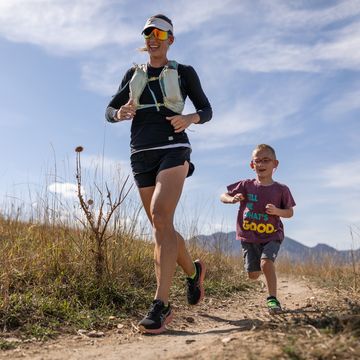Why I Run 100 Mile Races Solo—and 5 Tips for Doing It
It takes a lot of preparation—but it also offers a lot of rewards.
When I first found out about 100-mile races, I didn’t even know having a crew in an ultramarathon was an option. Only after I signed up and started training for my first 50-miler did I find out that many runners bring along a crew and pacers to help get them through races of this length.
Upon finishing my 50-mile race (and beating the goal I had given myself), I felt good... but it was not quite what I had hoped for. I wanted a bigger challenge, so I started searching for 100-milers.
For my first, I settled on the Massanutten Mountain Trail 100: It’s a rugged and remote single-loop 104 mile race in the mountains of central Virginia. The four bonus miles are on a dirt road out of the mountains into camp, where the race starts and finishes. After obsessing over the distance and reading countless race reports from all sorts of 100s, I decided to bring a crew along.
Two of my training partners signed on to crew me through the day, and each took a 20-mile leg to pace me to the finish. Through heat, and storms, and all kinds of stomach issues, they kept me stocked with cookies and Coke and helped me keep shuffling until I crossed the finish line. I was hooked on the distance and immediately signed up for two more.
I was forced to drop from my second race after 64 miles, due to injury, so it became clear that number three was about vindication. Of course, I never told my crew this, but I remember feeling even more stressed out when I hit my low-point in that race, thinking about them waiting in the distance. These were people who took time away from their own lives and families to chase me around the mountains all day. I had handed them a highly calculated schedule of when I planned to arrive at each aid station, and I felt the burden of missing those marks.
When a race starts to unravel, I switch from thinking about splits and segments, to simply telling myself “I’ll get there when I get there.” I run 100-milers to strip away all the external pressures of everyday life, to challenge myself to take complete control on my own. This is my simple approach to pushing myself through to the finish line when a race takes me from being at the front of the pack to struggling to keep up at the middle or back.
The Grindstone 100, in October 2015, was the first race I decided to run solo. I had to hike the last 40 miles with cramping quads, and I finished in my slowest-ever time. Even so, I felt a lot better mentally through the entire race.
After stumbling my way through that first year of ultra racing, I realized that rolling up to a race with a big crew, and making it into a big production just isn’t my style. I have a much better personal race when I am out on the trails alone, and not feeling responsible for a crew that is taking time away from their families to wait on my every need.
While a lot of runners rely on these crews to get them to the finish line, I found that having to communicate my needs as the day progresses only compounds my fatigue and frustration. Ultrarunners tend to be—as you might imagine—a stubborn bunch, and I’m no different. I find it a lot easier to just push myself through the lows than to let someone else see me suffering. Plus, not having a crew means there’s no warm car at the aid station inviting you to quit in the middle of the night.
However, it takes a lot of preparation to pack all of the roles of a crew into the mind of a solo runner. But just like the race itself, it’s a far more attainable goal when you break it down. Here’s how I do it:

Watch Next


She Started an All Women Running Club

Marathon Training Hack: Listen to Audiobooks
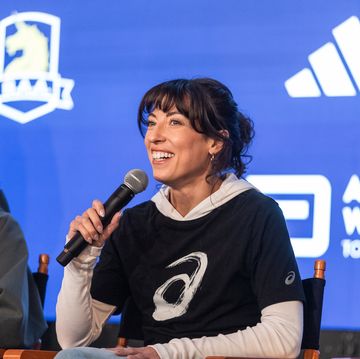
Emma Bates Returns to Boston After Injury

Florida’s Valby Shows What Cross-Training Can Do
